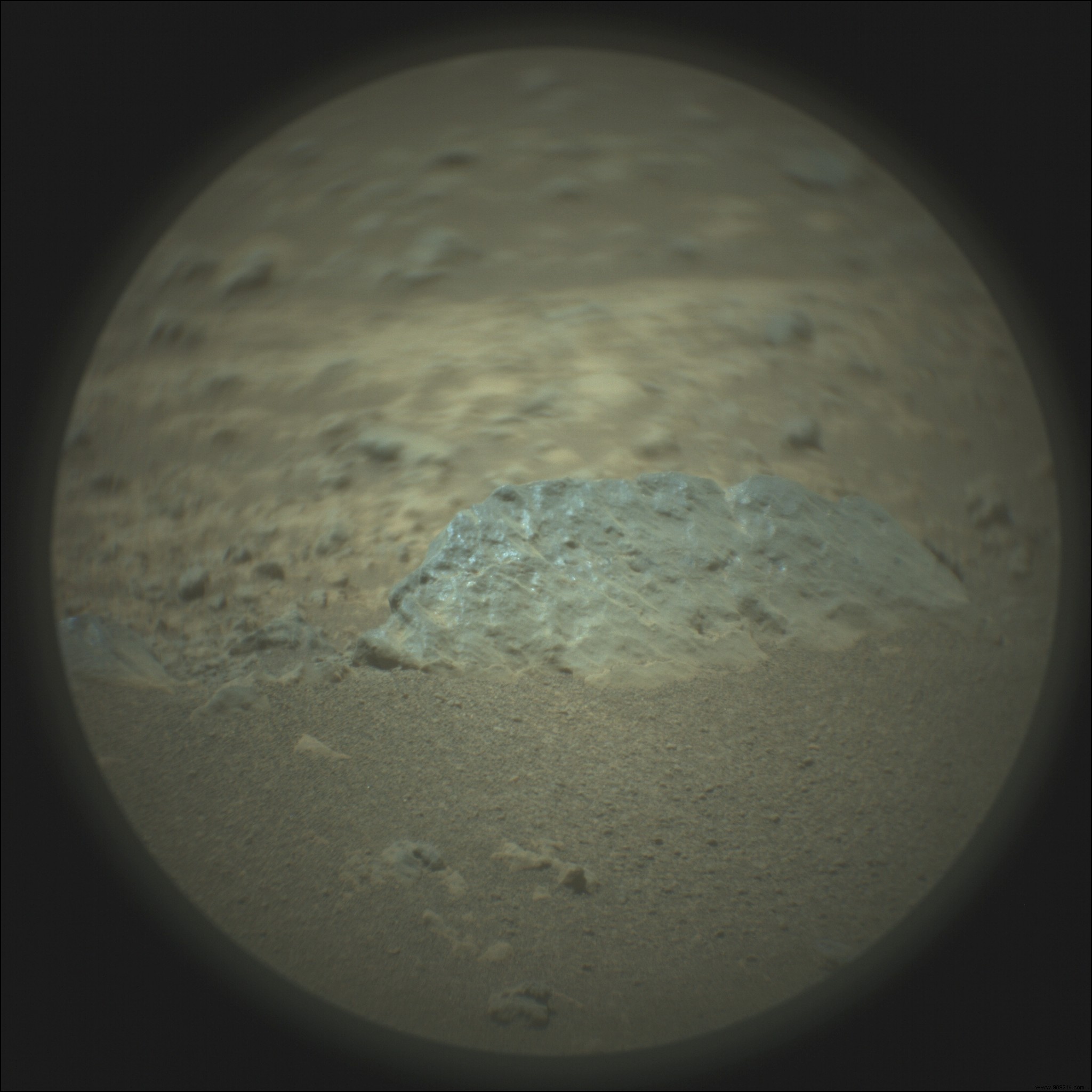The first attempt to sample the Martian surface by the Perseverance rover ended in failure. The mission teams are currently analyzing the data collected in order to understand the reasons.
Disembarking on Mars last February, Perseverance is now focusing on the true heart of its mission:collecting samples which will then be brought back to Earth for analysis.
To operate, the rover has a robotic arm equipped with several instruments aimed at determining the mineral and organic components of the targeted rocks. In the process, Perseverance must first perform an imaging study to determine the exact location to take the first sample. Researchers are also determining a separate target site located in the same area. The goal is then to analyze this geological twin in order to understand the different materials that compose it.
If the analyzes are conclusive, the rover then takes care of taking a sample of the unaltered rock which, on paper, should therefore have the same composition as that studied earlier .
To do this, Perseverance's sample handling arm must retrieve a sample tube, then insert it into a drill bit, before transferring the whole thing to a drill rotary percussion located on the robotic arm of Perseverance. The rover hovers over its target, and drills a hole in order to fill the tube with a carrot about the size of a piece of chalk. After being measured and imaged, the tube is finally hermetically sealed and stored for future return to Earth.
That being said, on Friday August 6, Perseverance teams attempted to collect a first sample from the surface of Mars. For this major first, the rover focused on the Crater Floor Fractured Rough, which features ancient, exposed bedrock. Unfortunately, this first attempt did not go as planned. The data sent back to Earth indeed indicated that no Martian rock or dust had entered the sampling tube, NASA officials announced in the aftermath.
“The sampling process is self-contained from start to finish” said Jessica Samuels of NASA's Jet Propulsion Laboratory (JPL). “One of the steps that occurs after placing a probe in the collection tube is to measure the volume of the sample. But here, the probe did not meet the resistance we expected if a sample was indeed present inside” .
A priori, all Perseverance instruments would have worked as expected. Also, the researchers think that this failure is probably the result of the rock target not reacting as expected during the coring. Analyzes are still in progress to try to understand what really happened.

Remember that it is not uncommon to encounter difficulties with this type of complex mission often involving new operations. On Mars, it's almost a habit.
Perseverance's older cousin – Curiosity – for example drilled into rocks that turned out to be much harder or more brittle than mission team members realized. had planned. In January 2021, the InSight mission's HP3 heat flux sensor - dubbed the "mole" by NASA - was also pronounced dead by the US agency after failing to burrow deep into the Red Planet's soil. .
Finally, note that this was not a breakthrough moment for Perseverance. The rover is indeed carrying 43 collection tubes, and the mission plan calls for the rover to fill at least twenty of them.